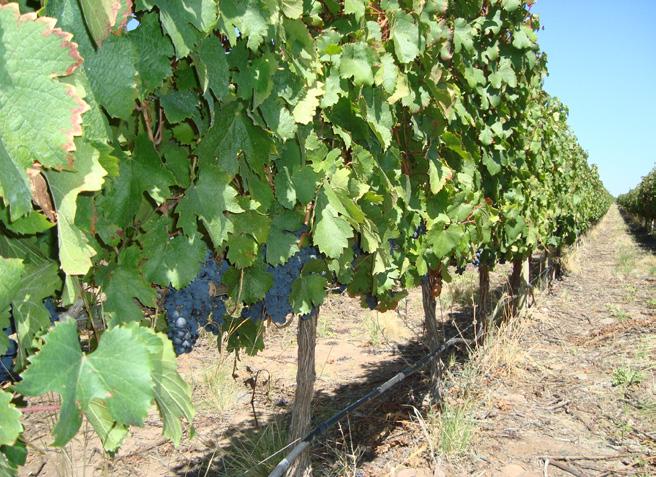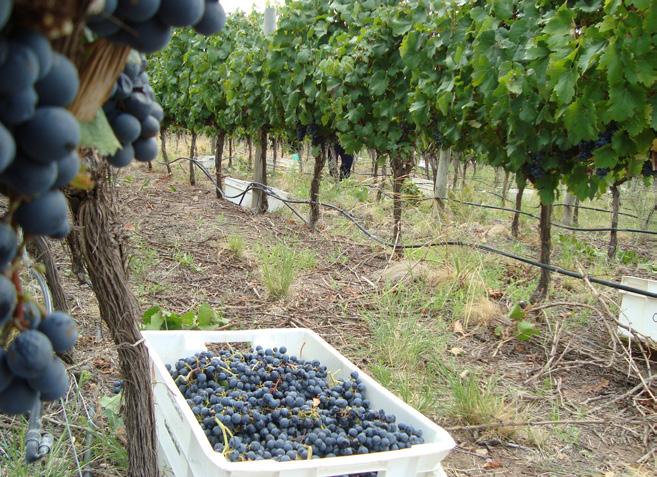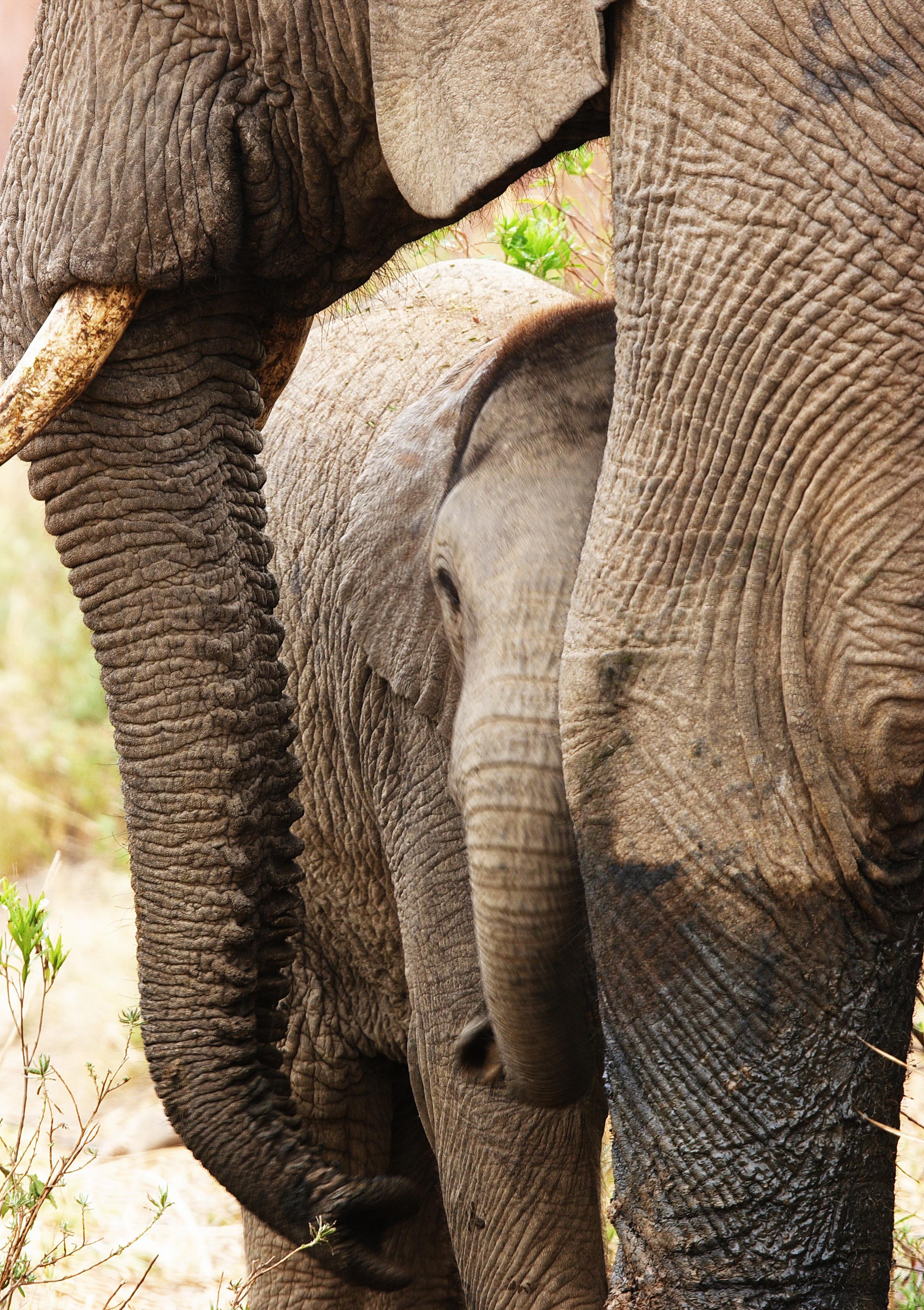
7 minute read
Cuvelier Los Andes Vineyard
When the wine is in the blood
Speaking with the Company President, Baptiste Cuvelier, it is quickly apparent that The Cuvelier family take the cultivation and creation of the finest wines very seriously. A family tradition, they first entered the world of wine in 1804 when Henri Cuvelier founded H. Cuvelier & Fils. Since then they have expanded their presence with every consecutive generation including the ownership of the renowned Château LéovillePoyferré, Second Classified Growth in SaintJulien, Bordeaux, France. We spoke with Baptiste to discover not only the background to this legacy but also what has made their winery so successful over the years. “Wine making takes dedication and patience,” he says, “And we wouldn’t be able to produce outstanding wines if we didn’t produce outstanding grapes. Which is why we are completely Estate-grown and all our efforts go to our vine growing.” He continues, “Every vine needs to be looked after and nurtured so that it can grow well. The greater the care and attention administered the better the grape. It is about stopping at each vine and understanding what each individual can produce and adapting the overall strategy so all grapes in the plot reach the targeted maturity at the same moment. The same philosophy has been applied to our business.” Their vineyards are located on a terrain of alluvial stones and sands with a climate that is typical of the outskirts of the Andes Mountains. The climate at Mendoza is characterised by hot and dry days and cool, airy nights. It is an inspiring setting at the foothills of the highest part of the Andes, perfect for the 55 hectares dedicated to the farming of grapes.
THE VINEYARDS Cuvelier Los Andes Wines are made exclusively from grapes grown within their own vineyard at an altitude of 3000 feet (915 metres) above sea level. Their low yield, biodynamic vine growing techniques are organic and considered to be quite unique in the industry and responsible for their incredible taste.




The area is a semi-arid zone of Argentina known for its low rainfall of 250 to 300 mm a year and its relative humidity of 40 to 60%. Temperatures range from temperate to cool with an average annual temperature of 14° C and a thermal range of around 15° C.
Benefiting from eight hours of sunshine each day and 190 frost-free days, the vineyard is located within Region III of the Winkler Index and has 1,800 growing degree-days between October and April. decomposition and mineralization of elements because of the terrain’s semi-arid conditions. But this situation is improving thanks to our implementation of organic and biodynamic practices and the maintenance of both indigenous and planted groundcover.” He goes on to point out that their vineyard and their production is 100% organic and is very carefully managed with quality and respect for both the environment, the health of their team and the enjoyment of their customers.
THE SOIL According to Baptiste, the varied mineralogical composition of the soil and its structural components in the foothills, are due to the geological origin of the mountainous structures, both of the Frontal Cordillera and the Cordon del Plata.
The last alluvial sediments formed several superimposed layers with varying degrees of consolidation. This resulted in strata of fanglomerates, conglomerates, basic sandstone, rounded pebbles and subangular clast which were then covered with a final layer of fine sand and lime. Over a long period of time, the land was consecutively layered in this sediment which spread out in the shape of a fan at the foothills separating the massive Andes Mountains from the Mendoza plain.
The soil of these foothills is shallow, silty and a little gravelly, otherwise consisting mostly of fine sand with a small amount of lime. Baptiste explains that this makes their soil permeable and drainable. The PH fluctuates between 7.3 and 7.8 and the varietals include Malbec, Cabernet Sauvignon, Merlot, Syrah and Petit Verdot, with a grow density of 5,500 plants per hectare. “Originally,” Baptiste says, “Organic material made up about one percent of the soil due to rapid LOOKING AFTER EVERY GRAPE One of the fascinating elements of wine making, which draws in many wine-drinkers and turns them into aficionados, is the variety of scientific methods that can be applied to a particular location to create the best results. Then, combining this cool systematic approach with warm human experience. For example, Cuvelier Los Andes makes use of the vertical trellising system, which is an exact science, but when it comes to harvesting there is nothing better than the human touch.

With rows aligned north to south and spaced 1.8 meters apart, the number of shoots range from 40,000 to 60,000 per hectare. And, depending on the type of grape (varietal), either the Guyot or the Cordon de Royat pruning system is used to ensure optimal quality and concentration for all.
“Canopy management is completed allowing for adequate shoot positioning,” Baptiste adds, “This prevents overcrowding and shading of the lower grapes and also helps prevent overexposure of the fruit to sunlight in order to better preserve the inner acidity of the grapes and to keep the balance of the wines.”
After pruning the vines, yields are further controlled by the continuous thinning of buds during the vines’ vegetative period. Then, the farmers eventually complete this yield control with a green harvest, which is the removal of full clusters, before veraison to ensure the balance of each plant. Due to the area’s low rainfall and moderate wind and also due to the very low yield, the health of the vines is usually very good. During the vegetative period, only a few phytosanitary treatments are necessary, with 4 to 7 preventive sprayings per year. These include sulphur and copper which are both approved for organic production. “We harvest manually over March and April,” Baptiste reveals, “The clusters are placed in small plastic boxes which weigh approximately twelve kilos, and this helps better preserve their quality and integrity as overcrowding can easily damage the fruit.”
WATER AND IRRIGATION A drip irrigation system is used to water the vineyard. Sourced from underground aquifers, via a series of wells up to 250m deep, the quality is very good with an electrical conductivity from extraction to saturation ranging from 200 to 250 micro-Mohs. Baptiste explains that their irrigation strategy is based on the Sustainable Water Deficit concept. This deficit is applied early in the vegetative period for the red varietals, from the fruit set until the veraison. The goal here is to control the vegetative growth and reduce the size of the grapes which results in a stronger aromatic and polyphenolic concentration. This is the same reason why vines are thinned during ripening, as it helps to obtain a consistent illumination and distribution of the plants, thus creating grapes with a concentration of desirable qualities.

WHERE THE MAGIC HAPPENS The wine making process has been perfected over the years by the Cuvelier family. Baptiste explains that it starts with a “double sorting system”, where on the first conveyor belt, full clusters are sorted by hand. After they have been de-stalked, an additional selection by hand is completed on a second conveyor belt, berry per berry.
Then, at the end of the second belt, selected grapes fall into small mobile vats that are moved to the top of their tanks where the grapes are gravity-loaded into the fermentation vats. Once the tanks are full, the grapes undergo a cold maceration of 4 to 6 days before alcoholic fermentation with indigenous yeasts. The entire maceration process takes 30 to 40 days and malolactic fermentation follows either in tanks or in barrels.
“Then we age the wine,” Baptiste says, “Depending on its concentration this can take twelve to eighteen months in traditional 225-litre or 400-litre medium toast French oak barrels. These barrels are only used for three years, with a third of the stock being replaced each year.”
TOURS Enotourism is becoming increasingly popular and the winery, which is located within the Clos de los Siete vineyard in Vista Flores Tunuyan, offers a variety of activities focused on the appreciation of viticulture for groups of friends, couples and families.
“We would like to offer our guests an unforgettable, personalized experience,” Baptiste says, “During which we can communicate our passion and knowledge to wine lovers both new and old.”
For the tours, guests will have the chance to see the vineyards, then a visit to the wine making facilities to observe the production area and finally to a tasting room especially prepared for the occasion. Here you can enjoy the magnificence of a legacy of over 200 years.
WEBSITE: www.cuvelierlosandes.com
COMPANY ADDRESS: Clodomiro Silva s/n, M5565, Mendoza, Argentina
TELEPHONE: +54 261 476 54 04















